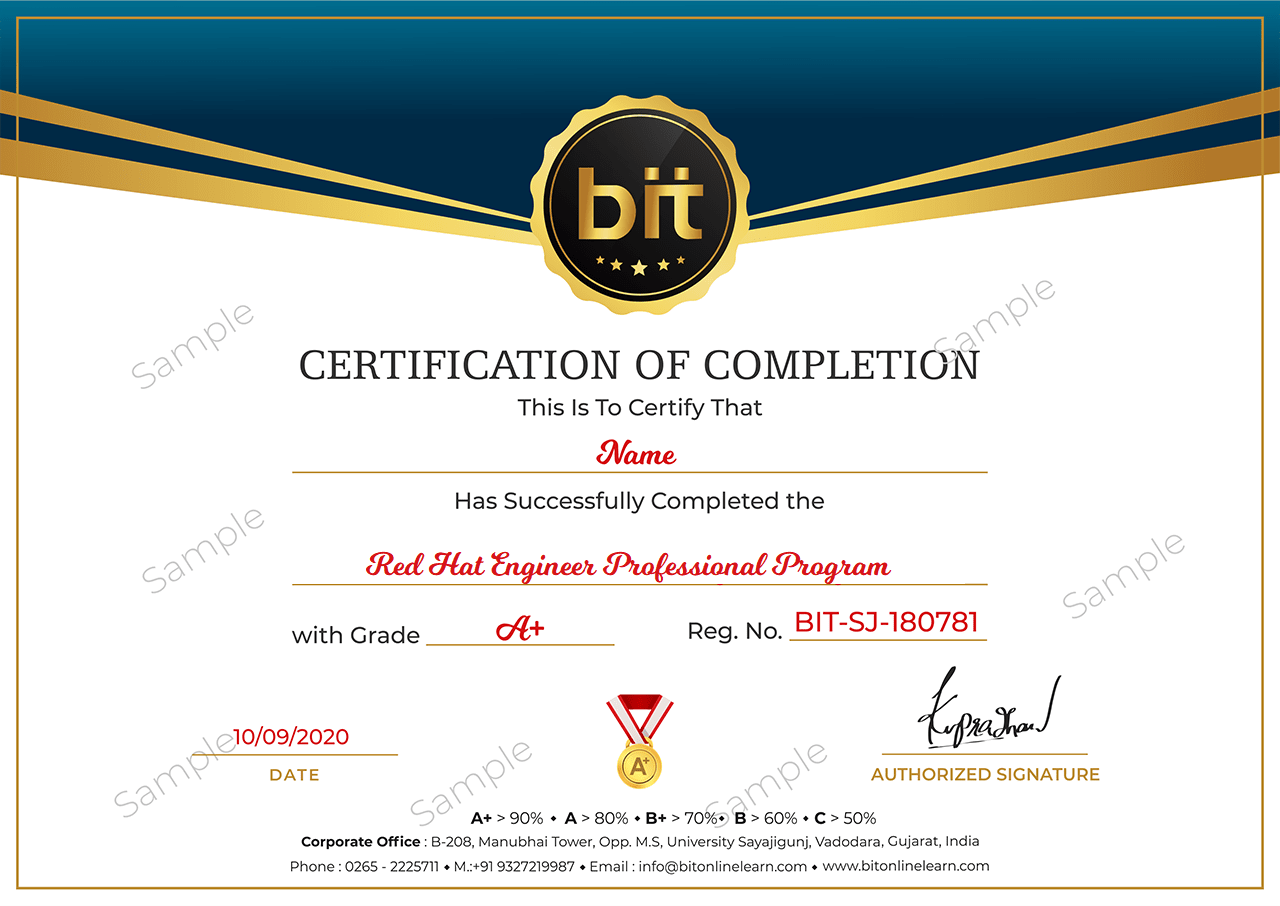Objectives
RHCE exam candidates should consult the RHCSA exam objectives and be capable of RHCSA-level tasks, as some of these skills may be required in order to meet RHCE exam objectives. Red Hat reserves the right to add, modify, and remove objectives. Such changes will be made public in advance through revisions to this document.
· System configuration and management
· Use network teaming or bonding to configure aggregated network
links between two Red Hat Enterprise Linux systems
· Configure IPv6 addresses and perform basic IPv6 troubleshooting
· Route IP traffic and create static routes
· Use firewalld and associated mechanisms such as rich rules, zones
and custom rules, to implement packet filtering and configure network
address translation (NAT)
· Configure a system to authenticate using Kerberos
· Configure a system as either an iSCSI target or initiator that
persistently mounts an iSCSI target
· Produce and deliver reports on system utilization (processor,
memory, disk, and network)
· Use shell scripting to automate system maintenance tasks
· Network services
· Install the packages needed to provide the service
· Configure SELinux to support the service
· Use SELinux port labeling to allow services to use non-standard ports
· Configure the service to start when the system is booted
· Configure the service for basic operation
· Configure host-based and user-based security for the service
· HTTP/HTTPS
· Configure a virtual host
· Configure access restrictions on directories
· Deploy a basic CGI application
· Configure group-managed content
· Configure TLS security
· DNS
· Configure a caching-only name server
· Troubleshoot DNS client issues
· NFS
· Provide network shares to specific clients
· Provide network shares suitable for group collaboration
· Use Kerberos to control access to NFS network shares
· SMB
· Provide network shares to specific clients
· Provide network shares suitable for group collaboration
· SMTP
· Configure a system to forward all email to a central mail server
· SSH
· Configure key-based authentication
· Configure additional options described in documentation
· NTP
· Synchronize time using other NTP peers
· Database services
· Install and configure MariaDB
· Backup and restore a database
· Create a simple database schema
· Perform simple SQL queries against a database










